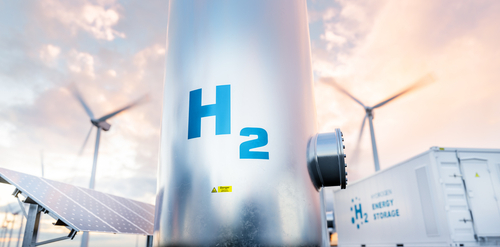California Public Utilities Commission study concludes hydrogen safe in natural gas systems in low quantities only

No more than 5 percent – that is the limit an independent study engaged by the California Public Utilities Commission (CPUC) set on hydrogen blends injected into the natural gas system before safety would suffer.
Injections of renewable hydrogen into the natural gas system have been considered for wider deployment for some time as an extension of decarbonization efforts. Still, feasibility and safety concerns need to be addressed first. When hydrogen blends in at up to 5 percent on the natural gas system, it could work well. However, the University of California at Riverside Hydrogen Blending Impacts Study determined that any higher and things could get unstable.
Pipeline leaks and the embrittlement of steel pipelines become real possibilities at that point. Further, effects could also be felt in the home, with stoves, water heaters, and other appliances likely needing modifications to avoid leaks and general malfunction. If hydrogen blends topped 20 percent, plastic pipes could become permeated, and the risk of gas ignition outside the pipeline would rise.
“This study provides additional insight into the possibilities and limits of California’s pipeline infrastructure as we explore options for supplying zero-carbon energy to hard to decarbonize applications,” Commissioner Clifford Rechtschaffen, who is assigned to the Renewable Gas Rulemaking, said. “I look forward to party comments on hydrogen-methane blending and its role in decarbonization strategies.”
The study was commissioned as part of CPUC’s ongoing Renewable Gas Rulemaking, which examines expanding renewable hydrogen by creating standards and interconnection protocols for injecting the resource onto existing pipelines. It concluded that additional investigation is needed to guarantee the safety of blending hydrogen into the gas system. It is imperative to undertake real-world demonstrations of hydrogen’s use under safe and controlled conditions.
The study determined that due to the lower energy content of hydrogen gas, the use of hydrogen blended natural gas would cause more to be needed to deliver the same amount of energy provided by pure natural gas.
